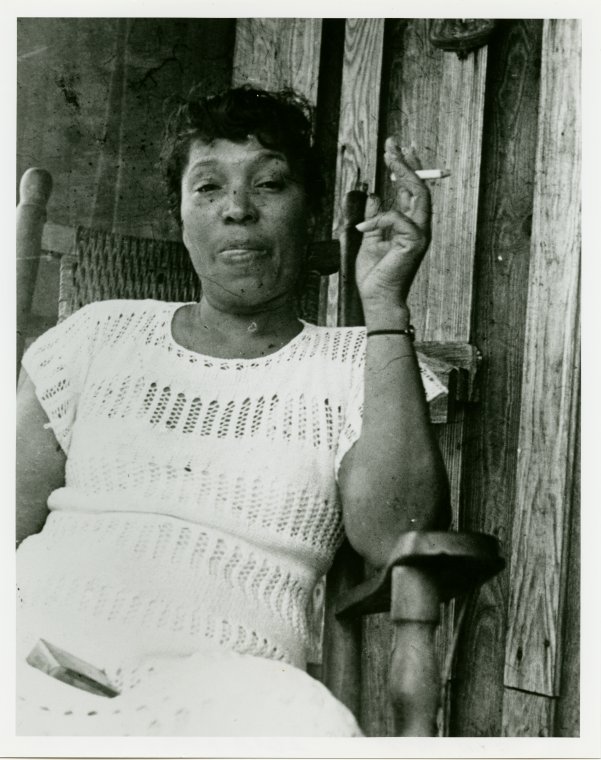Hurston & Hughes: Two Major Figures of The Harlem Renaissance

Following WWI, many African Americans moved to New York City, primarily from the rural South. They were seeking jobs, looking for change and finding new hope. Many set down roots in Harlem which was quickly becoming a cultural mecca as artistic energies coalesced into an exciting hotbed of creativity.
The Harlem Renaissance was an impulse, an answer, an identity movement, and a transformational revelation. It created a serious body of literature and poetry, and produced remarkable music and works of art. The Harlem Renaissance's literary figures were resisting the traditions of American literature by discovering new ways of expressing and stylizing themes that were virtually unknown until then. They were struggling to find their new voices and announce their newfound creative energy.
Some of the main figures of the literary Harlem Renaissance were Jean Toomer, Jessie Fauset, Claude McKay, James Weldon Johnson, Alain Locke, Eric D. Walrond , Zora Neale Hurston and Langston Hughes.
These last two, Zora Neale Hurston and Langston Hughes shared a patron (Charlotte Mason) and, for many years, a close friendship. The pair even worked together to write the farcical play Mule Bone: A Comedy of Negro Life (1931), however the collaboration ended the friendship. Yuval Taylor wrote about their relationship and falling out in Zora and Langston: A Story of Friendship and Betrayal. Each made significant contributions to literature and influenced generations of Black writers.

Langston Hughes (1901-1967) through his plays, essays, short stories, nonfiction works, and poetry wrote about racial injustice and racial consciousness, and African American culture that could already be found in the jazz and blues that were all over New York City in the 1920s. His major works include The Weary Blues (1926), Not Without Laughter (1930), Mule Bone: A Comedy of Negro Life (1931), The Ways of White Folks (1934), Troubled Island (1936), Montage of a Dream Deferred (1951), and Famous Negro Heroes of America (1958).
Zora Neale Hurston (1891-1960) was an anthropologist and author whose works include Mules and Men, Moses, Man of the Mountain, and the posthumously published Barracoon: The Story of the Last "Black Cargo." She wrote her famous novel Their Eyes Were Watching God (1937) as a controversial manifesto of a woman liberated from her racial history and from brutal domestic violence. The themes that Zora Neale Hurston introduced to American literary life were painful and obvious, but they were also daring and provoked strong reactions and reverberating deliberations. Some African American literary critics found her style lacking and questioned her employment of rural dialects. They did not decode the true fabric of her writing: she was one of the first authors to start shaping the voice of African American anger and there was no way of making this look nice and cozy. It had to be bitter, unpolished, rude, and authentic!

Read E-Books with SimplyE
 With your library card, it's easier than ever to choose from more than 300,000 e-books on SimplyE, The New York Public Library's free e-reader app. Gain access to digital resources for all ages, including e-books, audiobooks, databases, and more.
With your library card, it's easier than ever to choose from more than 300,000 e-books on SimplyE, The New York Public Library's free e-reader app. Gain access to digital resources for all ages, including e-books, audiobooks, databases, and more.
If you don’t have an NYPL library card, New York State residents can apply for a digital card online or through SimplyE (available on the App Store or Google Play).
Need more help? Read our guide to using SimplyE.
